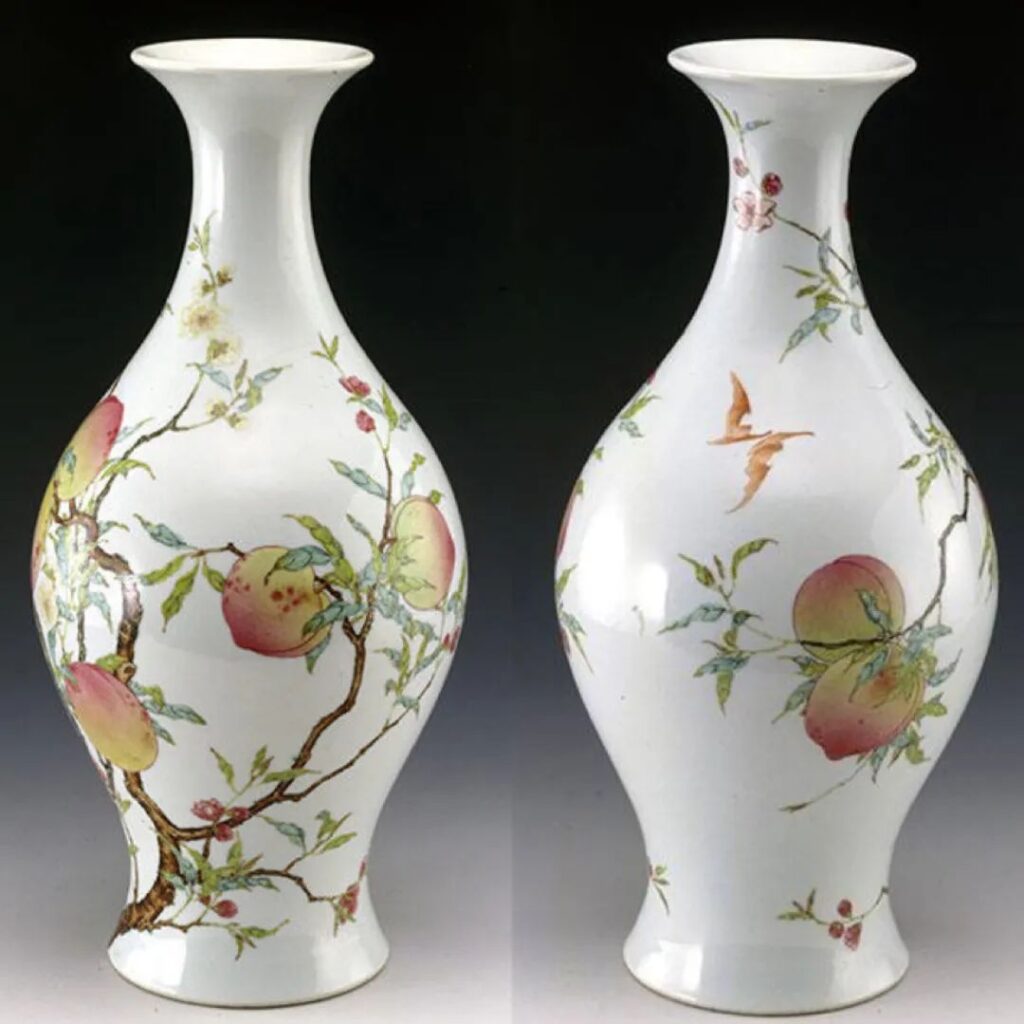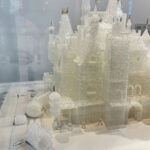The Shanghai Museum was founded in 1952 and moved to the former Zhonghui Building at 16 Henan South Road in October 1959. In August 1993, construction began on the current building in People’s Square, which was completed and opened to the public on October 12, 1996. The Shanghai Museum is a large-scale museum of ancient Chinese art, focusing on the collection, research, exhibition, and education of ancient Chinese artworks. It houses nearly 1.02 million cultural relics, including over 140,000 precious artifacts.
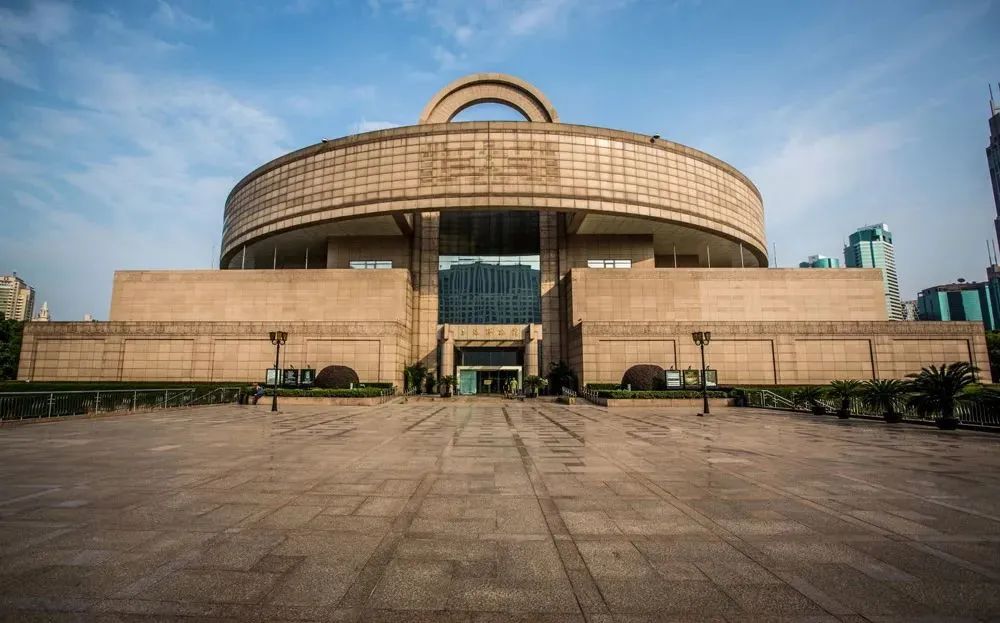
The museum’s collection encompasses 31 categories, including bronzes, ceramics, calligraphy, paintings, sculptures, oracle bones, seals, currency, jade, furniture, textiles, lacquerware, bamboo and wood carvings, and ethnic minority artifacts. The bronzes, ceramics, and paintings are particularly outstanding.
The Shanghai Museum currently features ten specialized art galleries, four donation halls, and three special exhibition halls, aiming to showcase the complete developmental history of various art forms. The museum’s comprehensive system, rich collection, and exquisite quality have earned it a prestigious reputation both domestically and internationally.
Venue Overview
Main Building
The Shanghai Museum was established in 1952, originally located at 325 West Nanjing Road in the former Race Club building. In October 1959, it moved to the Zhonghui Building at 16 Henan South Road. The current location is at 201 People’s Avenue in Huangpu District.
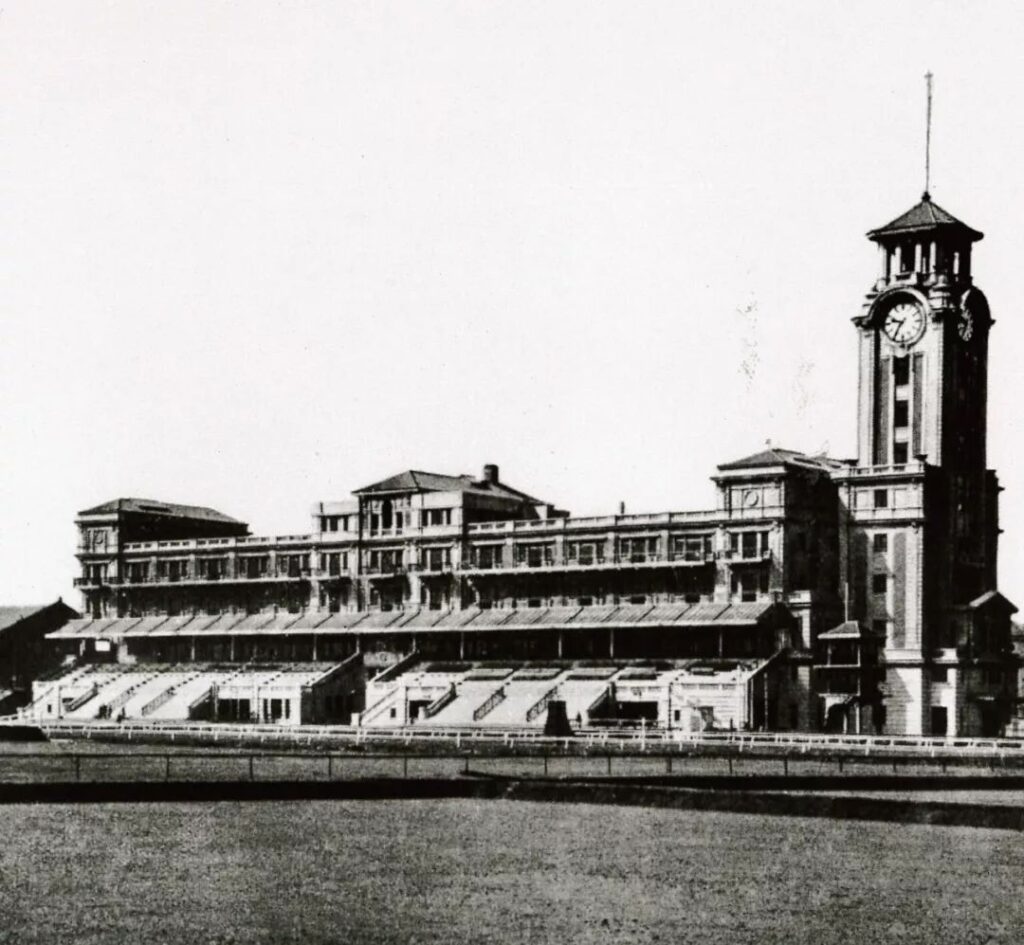
The present Shanghai Museum building, completed in 1996, has two underground levels and five above-ground floors, standing 29.5 meters tall with a total floor area of 39,000 square meters. The overall design combines a square base with a circular upper structure, symbolizing the Chinese concept of “round heaven and square earth.”
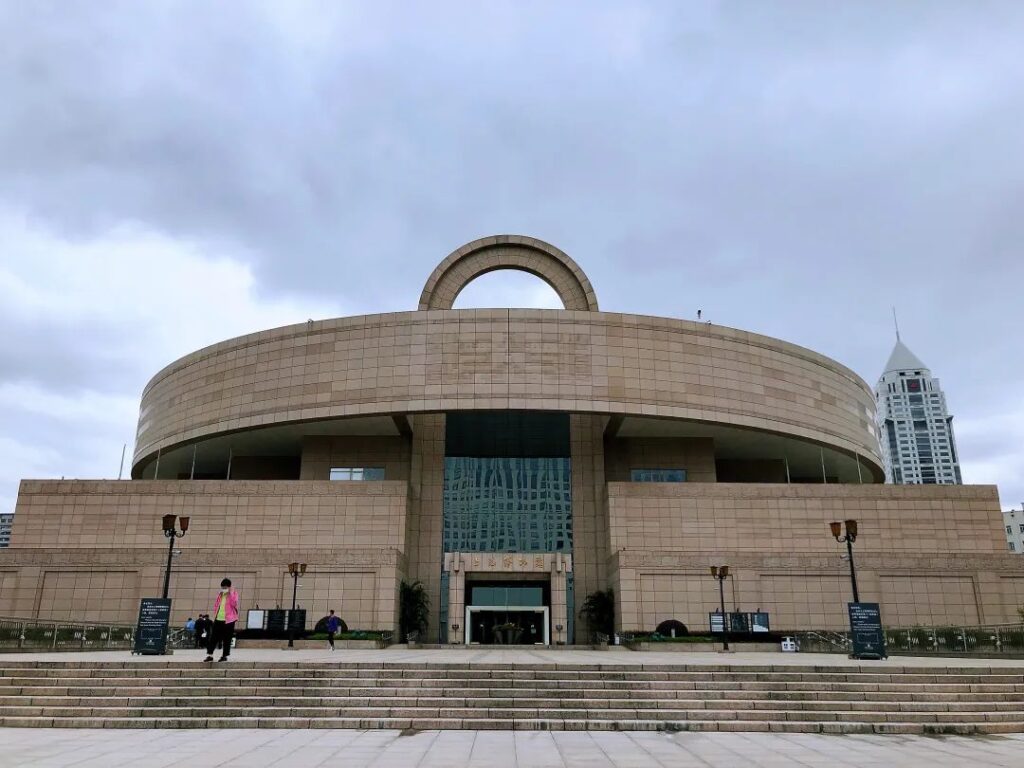
The exhibition area of the Shanghai Museum covers 12,000 square meters. The first floor houses the Ancient Chinese Bronze Gallery, Ancient Chinese Sculpture Gallery, and Exhibition Hall. The second floor features the Ancient Chinese Ceramics Gallery, Zande Lou Ceramics Gallery, and Exhibition Hall. The third floor contains the Chinese Calligraphy Gallery, Chinese Painting Gallery, and Chinese Seal Gallery. The fourth floor includes the Ancient Chinese Jade Gallery, Chinese Coin Gallery, Ming and Qing Dynasty Furniture Gallery, Chinese Minority Nationalities’ Art Gallery, and Exhibition Hall.

East Building
The East Building of the Shanghai Museum is located in the Huamu Administrative and Cultural Center in Pudong, bordered by Yanggao South Road to the west, Century Avenue to the north, and Lilac Road to the east, facing the Shanghai Science and Technology Museum and the Oriental Art Center across the street. The overall positioning of the East Building is to establish the Shanghai Museum as a “world-class museum of ancient Chinese art.”

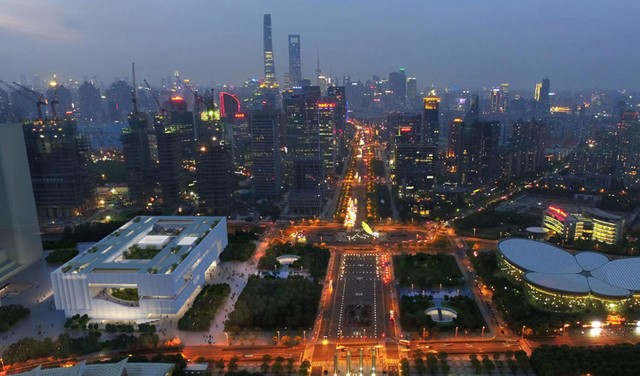
The East Building occupies an area of 4.6 hectares, with a total floor area of about 105,000 square meters, more than twice the size of the main Shanghai Museum building. It stands nearly 45 meters tall, with six floors above ground and two underground levels. The overall shape is a rectangular block with a simple and imposing design.

The above-ground portion of the East Building consists of six floors. The lower four floors are exhibition areas, accounting for about 40% of the total area. The upper two floors are used for offices, research, external communication, and library services, with the fifth floor housing a closed storage area. The underground portion has two levels: the first level contains equipment rooms, lecture halls, multimedia halls, and visitor dining areas, while the second level is a parking garage.

In addition to the basic exhibitions, the open spaces include public service functions such as cultural and creative displays, academic lecture halls, a 150-seat multimedia theater, various cafes, a library, and classrooms.

The exterior facade of the East Building uses a light-transmitting material with a stone-like texture produced by 3D printing technology. During the day, it blends seamlessly with the entire building, while at night it becomes translucent. This allows natural light to enter exhibition halls for ceramics and crafts that are not sensitive to natural light, improving the viewing comfort.
To alleviate visitor fatigue in this large-scale museum, the building has improved on the common enclosed linear design by incorporating open leisure areas, outdoor terraces, and gardens at various locations, emphasizing the interaction between the building’s space and the urban environment.
Permanent Exhibitions
Ancient Chinese Bronze Gallery
The Ancient Chinese Bronze Gallery covers an area of 1,200 square meters and displays over 400 exquisite bronze artifacts. During China’s Shang and Zhou dynasties, bronze wares were important symbols of ancient civilization. The Shanghai Museum’s bronze collection is notable for its many pieces with long inscriptions and well-documented important vessels. New exhibits include Western Zhou Dynasty artifacts from the State of Jin and early Qin Dynasty vessels.
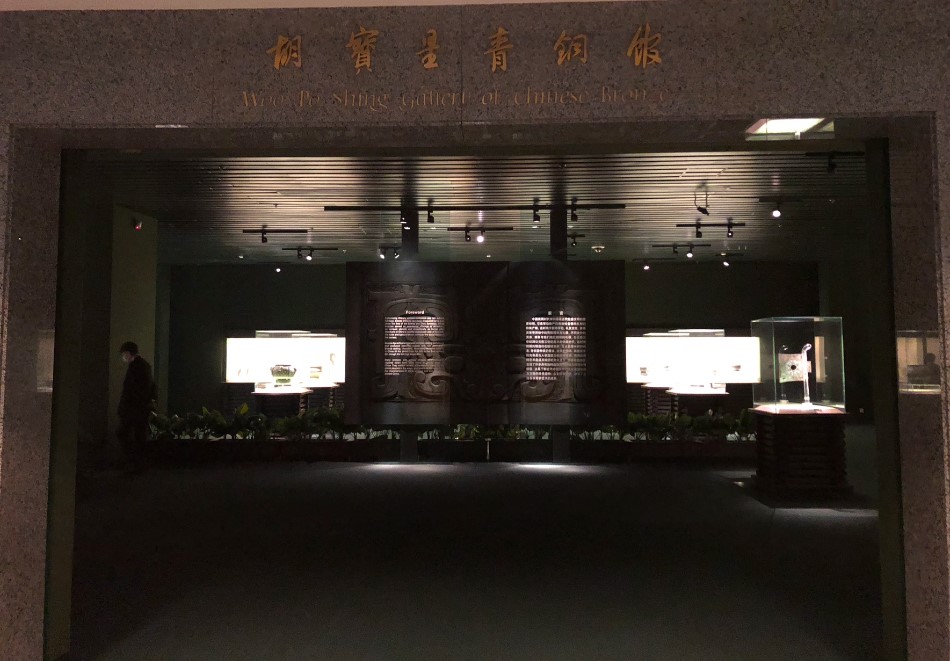


Ancient Chinese Sculpture Gallery
The Ancient Chinese Sculpture Gallery spans 640 square meters and houses over 120 exhibits. The gallery uses gold, red, and black as its primary colors, with lotus petal-shaped partitions common in Buddhist art, Buddhist niches as wall cabinets, and open display forms. While featuring some wooden and ceramic sculptures, it primarily showcases stone carvings, including sculptures from the Northern Wei, Northern Qi, Northern Zhou, and Sui-Tang periods, as well as southern stone carvings and gilt bronze Buddha statues.


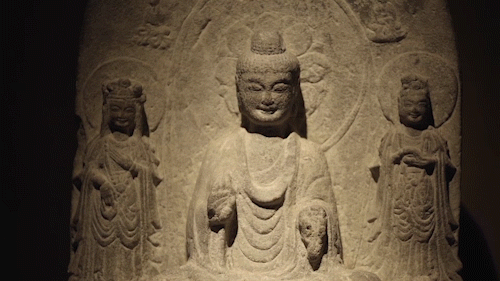
Ancient Chinese Ceramics Gallery
The Ancient Chinese Ceramics Gallery covers 1,300 square meters and displays over 500 artifacts. These include Neolithic painted and gray pottery, proto-celadon from the Shang, Zhou, Spring and Autumn, and Warring States periods, Eastern Han Dynasty celadon, and Tang Dynasty tri-color pottery. The Song, Jin, and Liao dynasties saw numerous kilns across China. During the Yuan, Ming, and Qing dynasties, Jingdezhen became China’s ceramics center, producing underglaze, overglaze, and monochrome glazed porcelains, all of which are on display.
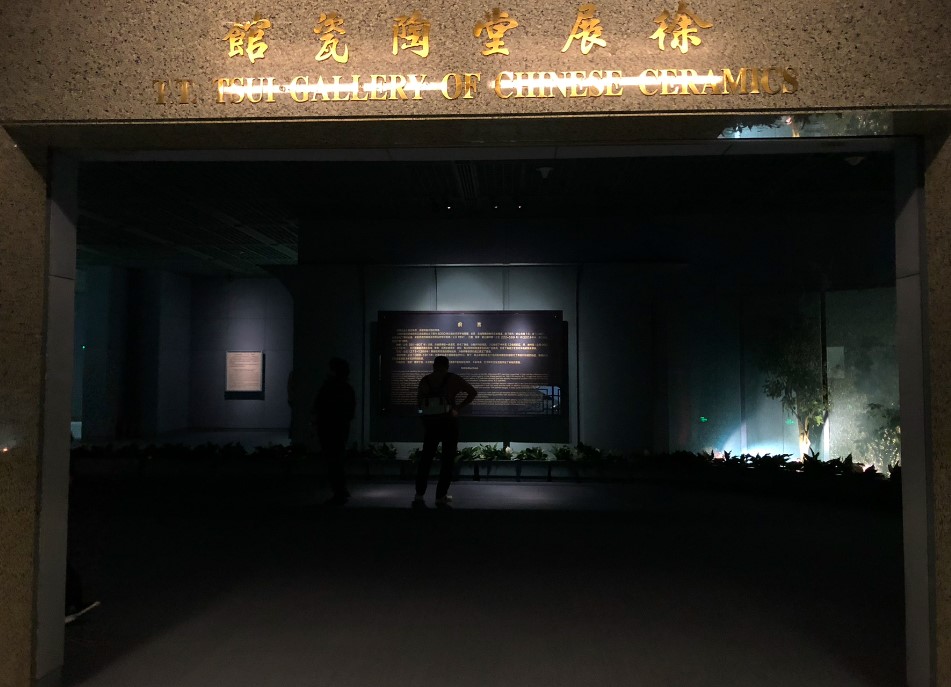
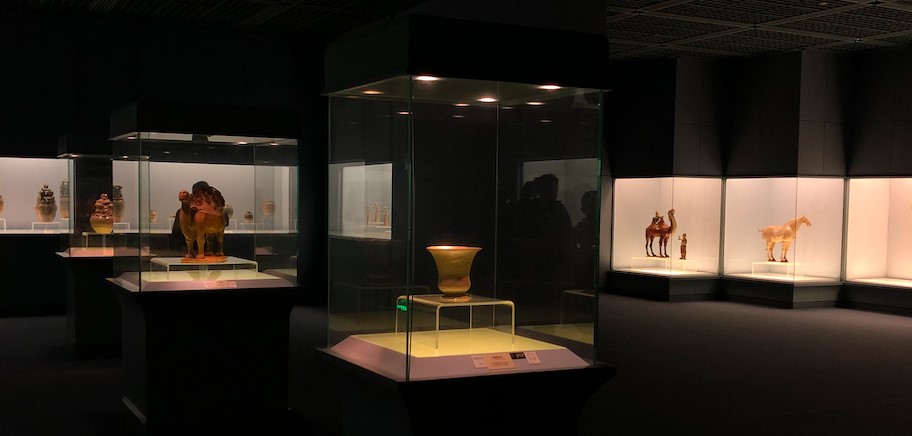
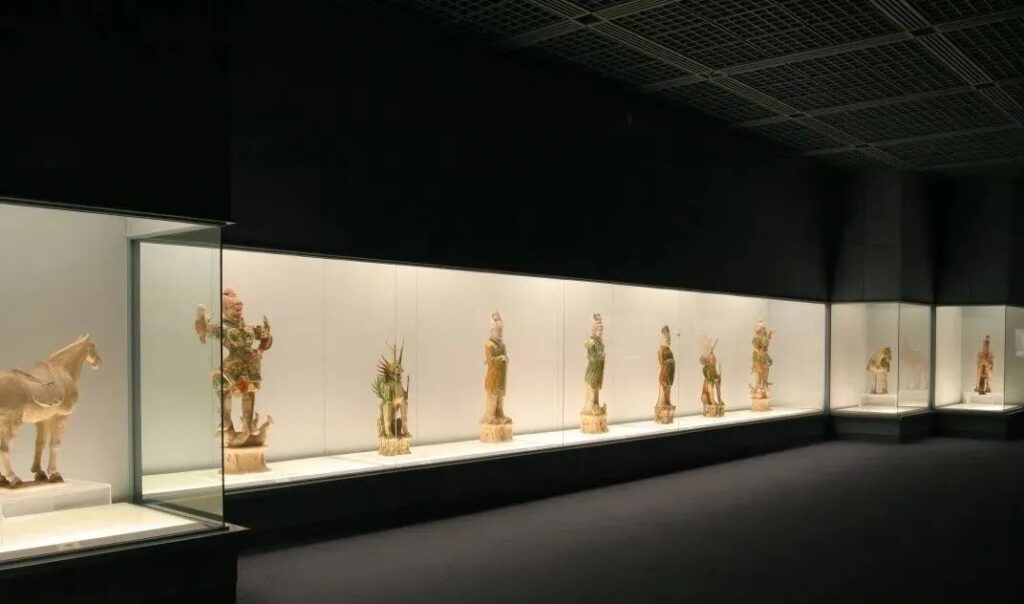
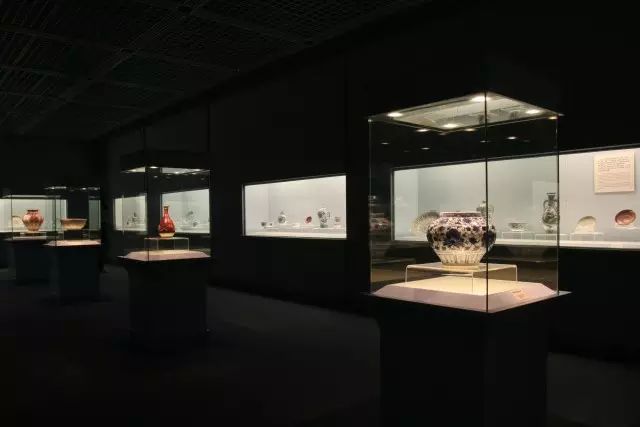
Chinese Calligraphy Gallery
The Chinese Calligraphy Gallery, covering 600 square meters, showcases about 60 masterpieces from various periods. The exhibition is divided into five sections: “Seal Script and Clerical Script,” “Jin and Tang Dynasty Calligraphy,” “Song Dynasty Calligraphy,” “Yuan Dynasty Calligraphy,” “Ming Dynasty Calligraphy,” and “Qing Dynasty Calligraphy,” systematically presenting the historical trajectory of Chinese calligraphy.
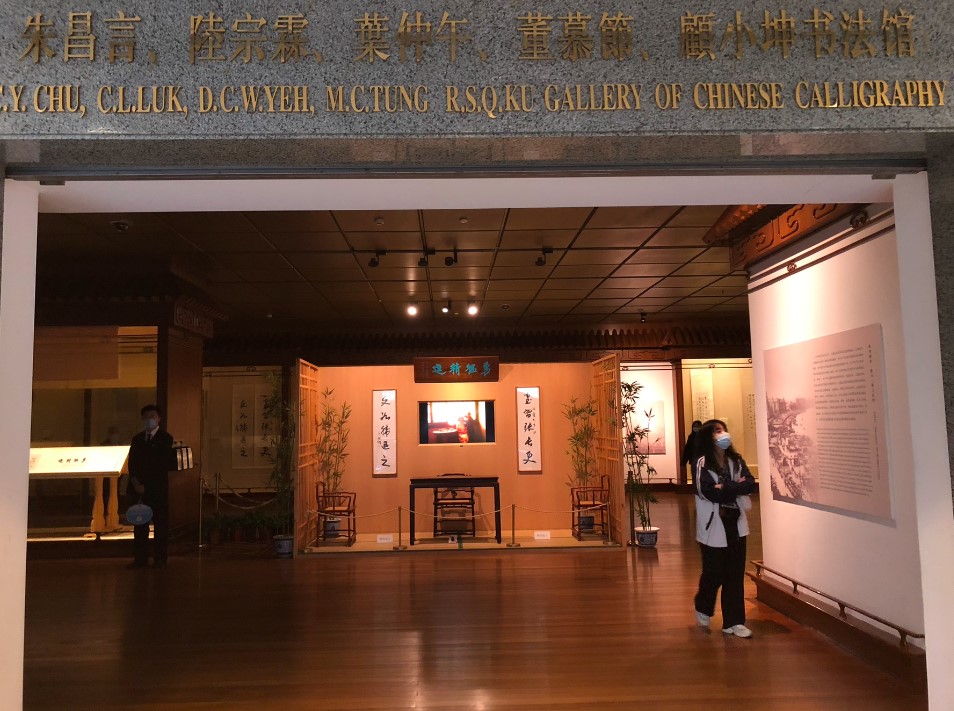
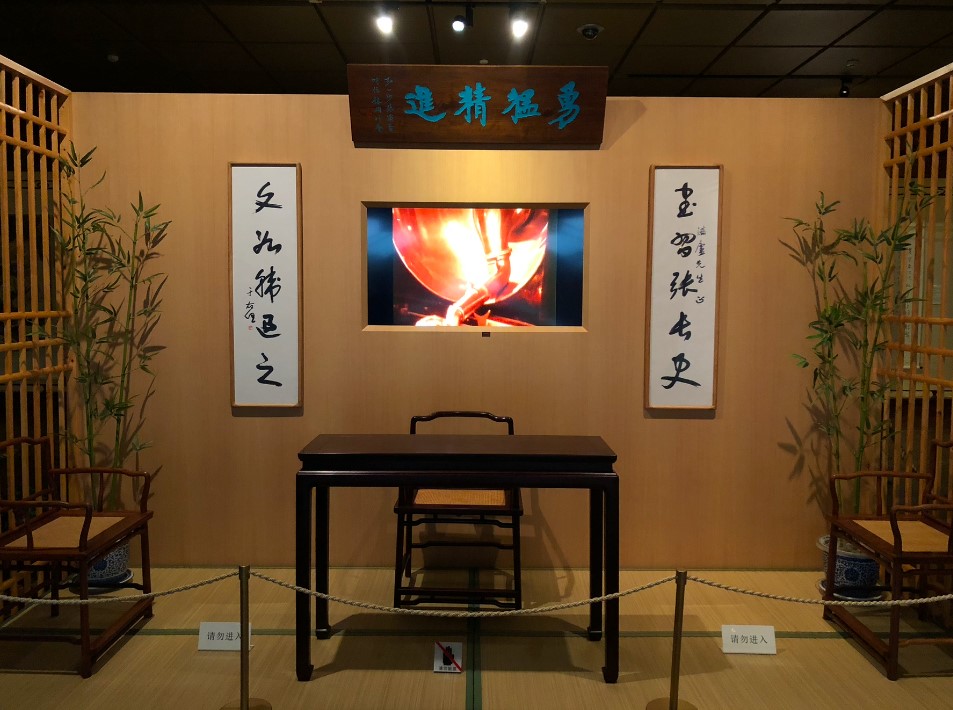
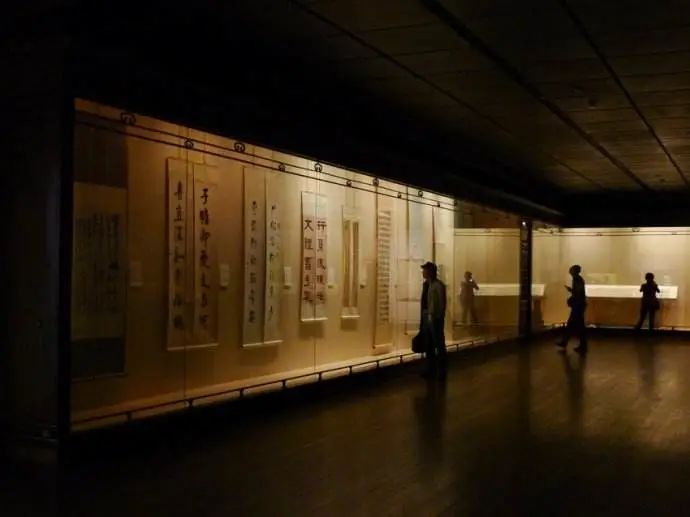
Chinese Seal Gallery
The Chinese Seal Gallery is China’s first dedicated exhibition space for seals and seal carving. Spanning 380 square meters, it displays over 500 seals and seal carvings. The exhibition traces the development of seal art from the Western Zhou Dynasty to the late Qing Dynasty, featuring representative and artistic pieces selected from the museum’s collection of over 10,000 seals. The gallery uses varied display cases and multiple technical means to complement the artifacts with supporting exhibits.
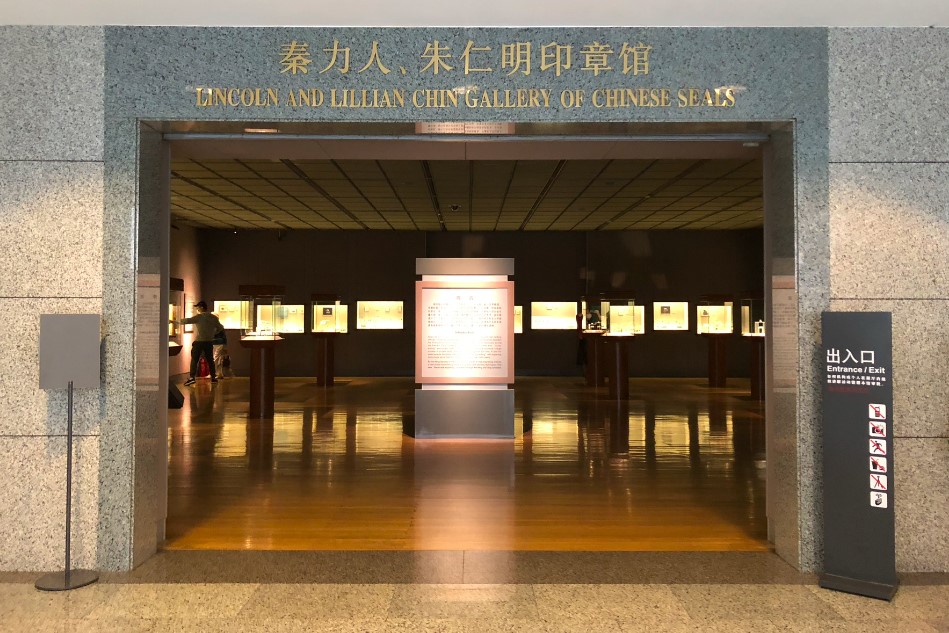
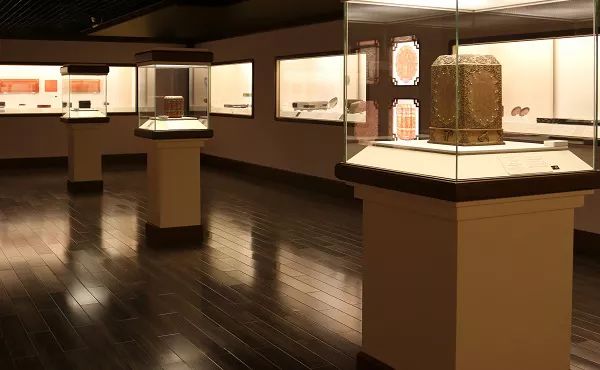
Chinese Painting Gallery
This 1,200-square-meter gallery showcases over 120 masterpieces of painting from the Tang Dynasty to modern times, representing various painting genres. Chinese painting has a rich tradition and unique national style, using brushes, ink, and silk or paper as primary tools, with points and lines as the main expressive means. To effectively protect the exhibits and enhance visitor experience, the gallery employs motion-sensing spotlights that automatically adjust illumination.

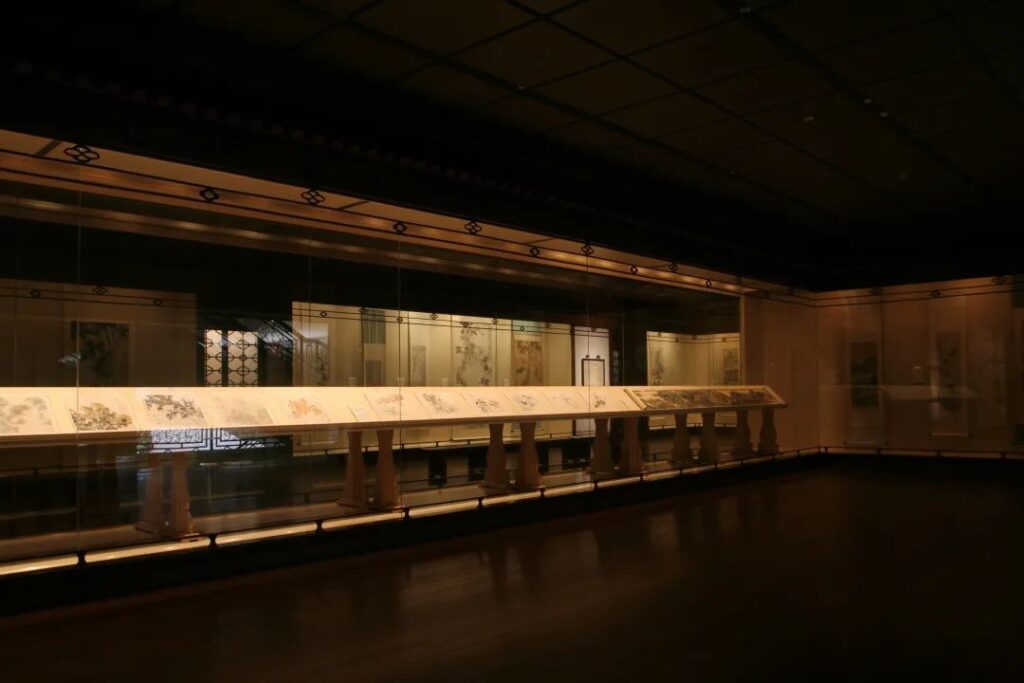

Chinese Minority Nationalities’ Art Gallery
Covering over 700 square meters, this gallery displays nearly 600 items showcasing minority nationalities’ costume crafts, dyed and woven textiles, embroidery, metalwork, carvings, pottery, lacquerware, woven bamboo and rattan, and mask art, highlighting the unique styles of ethnic minority crafts.

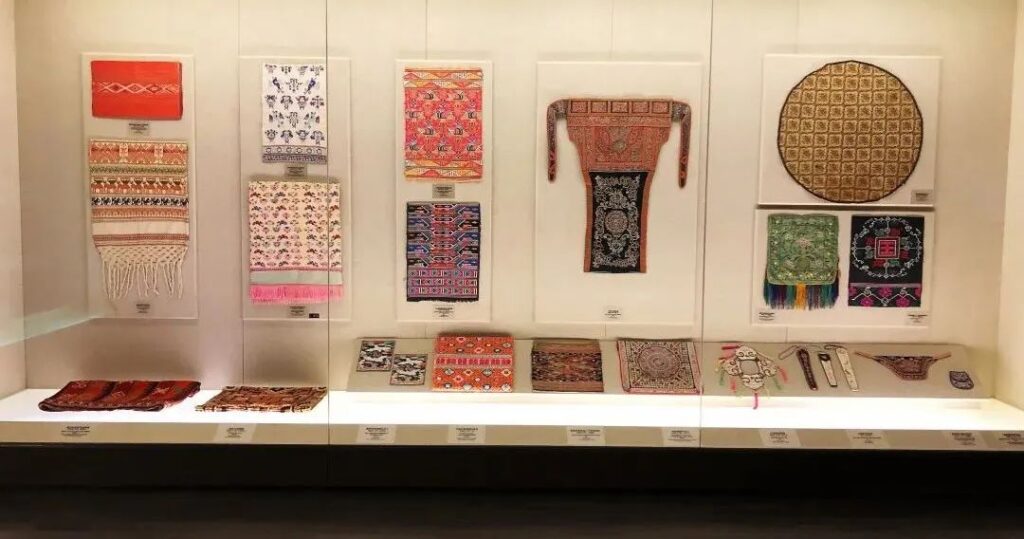
Chinese Coin Gallery
The 730-square-meter gallery uses nearly 7,000 artifacts to present an overview of the origin and development of Chinese currency and the history of economic and cultural exchanges between China and other countries. It also includes a special room for ancient Central Asian coins from the Silk Road, donated by Du Weishan and Tan Duanyan.
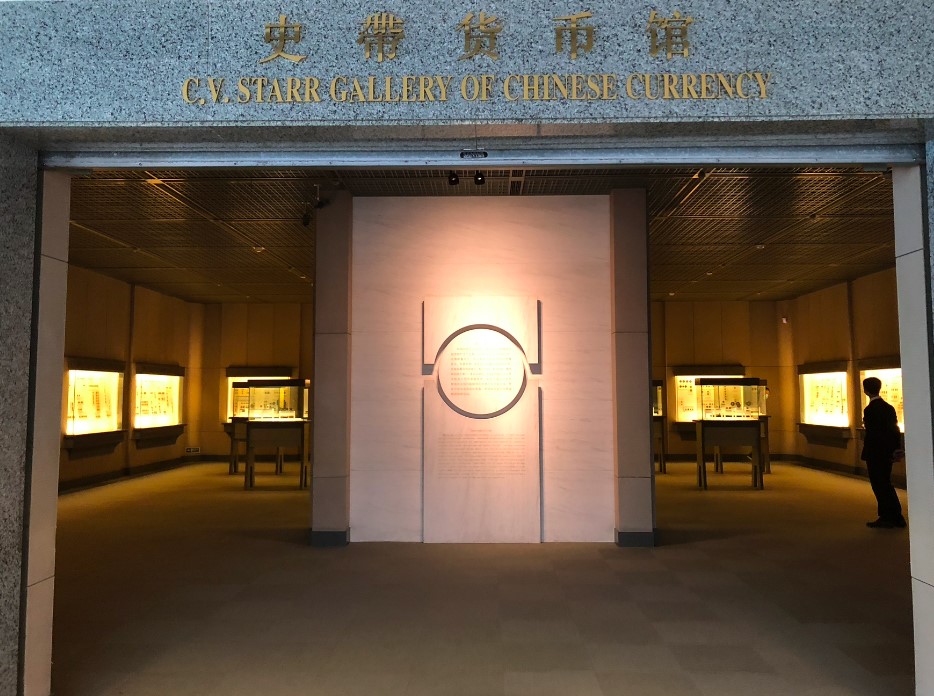
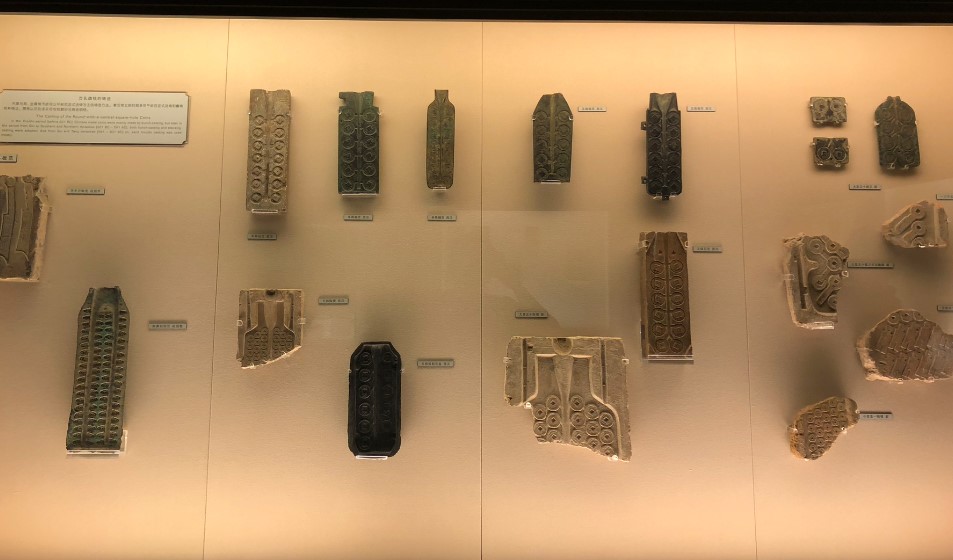
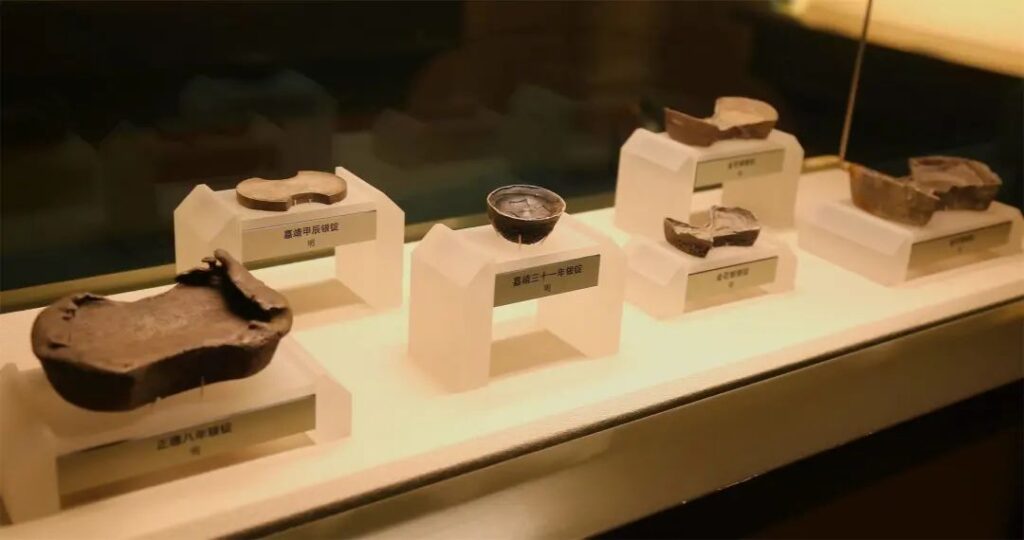
Ming and Qing Dynasty Furniture Gallery
This 700-square-meter gallery displays over 100 pieces of fine furniture from the Ming and Qing dynasties, reflecting the pinnacle of ancient Chinese furniture craftsmanship and artistic style during this period. The exhibition also recreates Ming and Qing dynasty halls and studies to showcase the original settings of the furniture.


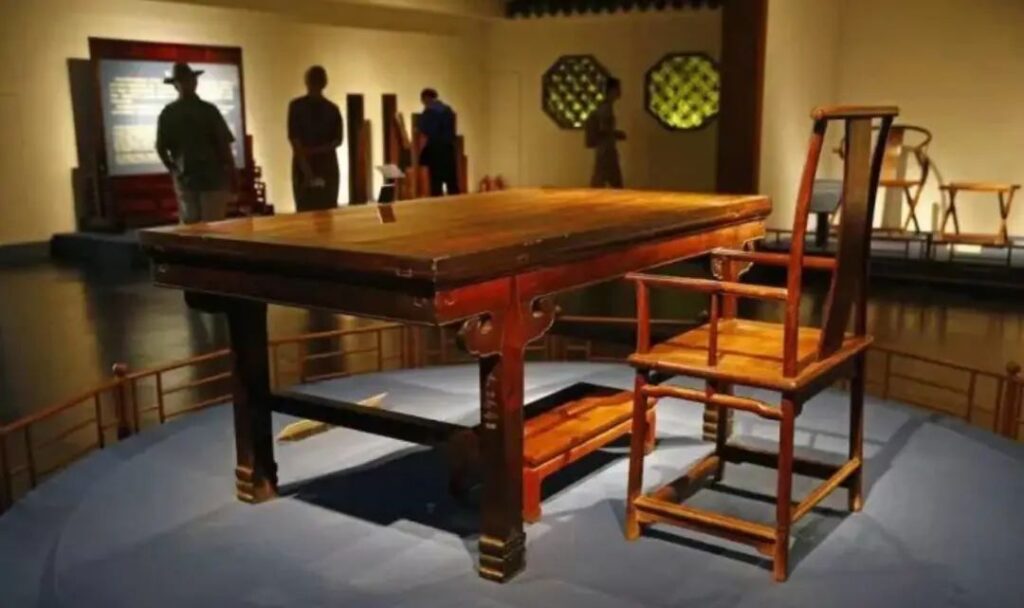
Ancient Chinese Jade Gallery
China has long been known as the “Country of Jade and Stone,” with a jade-working history spanning over 7,000 years. In ancient society, jade was not only used for decoration but also served as a symbol of wealth and power, as well as a ritual object for rulers to worship heaven and earth and communicate with spirits.



Collection Treasures
Western Zhou Da Ke Ding
The “ding” was originally an ancient cooking vessel, available in both three-legged round and four-legged square shapes. The earliest dings were made of clay, later replaced by bronze versions. Legend has it that Yu the Great of the Xia Dynasty cast nine bronze dings at the foot of Jingshan Mountain using metal from nine provinces, symbolizing the nine regions of China. These dings were said to be engraved with images of mythical creatures to warn people against their harm.
Following the legend of Yu’s nine dings, the ding evolved from a common cooking utensil to an important symbol of state power, with its possession transferring along with dynastic changes. When the Xia Dynasty fell and the Shang rose, the nine dings were moved to the Shang capital of Bo; when the Shang fell and the Zhou emerged, they were again relocated to the Zhou capital of Haojing. Throughout the Shang and Zhou periods, establishing a capital or founding a dynasty was referred to as “setting up the ding.”
The Western Zhou Da Ke Ding, also known as the Ke Ding or Shanfu Ke Ding, is a mid-Western Zhou bronze artifact unearthed in 1890 from a cache at Famen Temple in Fufeng County, Shaanxi Province. It stands 93.1 cm tall, with a mouth diameter of 75.6 cm, a belly diameter of 74.9 cm, a depth of 43 cm, and weighs 201.5 kg. The ding features upright handles and is decorated with stylized animal face patterns below the rim and smaller animal faces in the middle, along with protruding ridges, giving it a solemn and imposing appearance. Inside, it bears a 290-character inscription with lines separating each row of text, written in a rounded style.
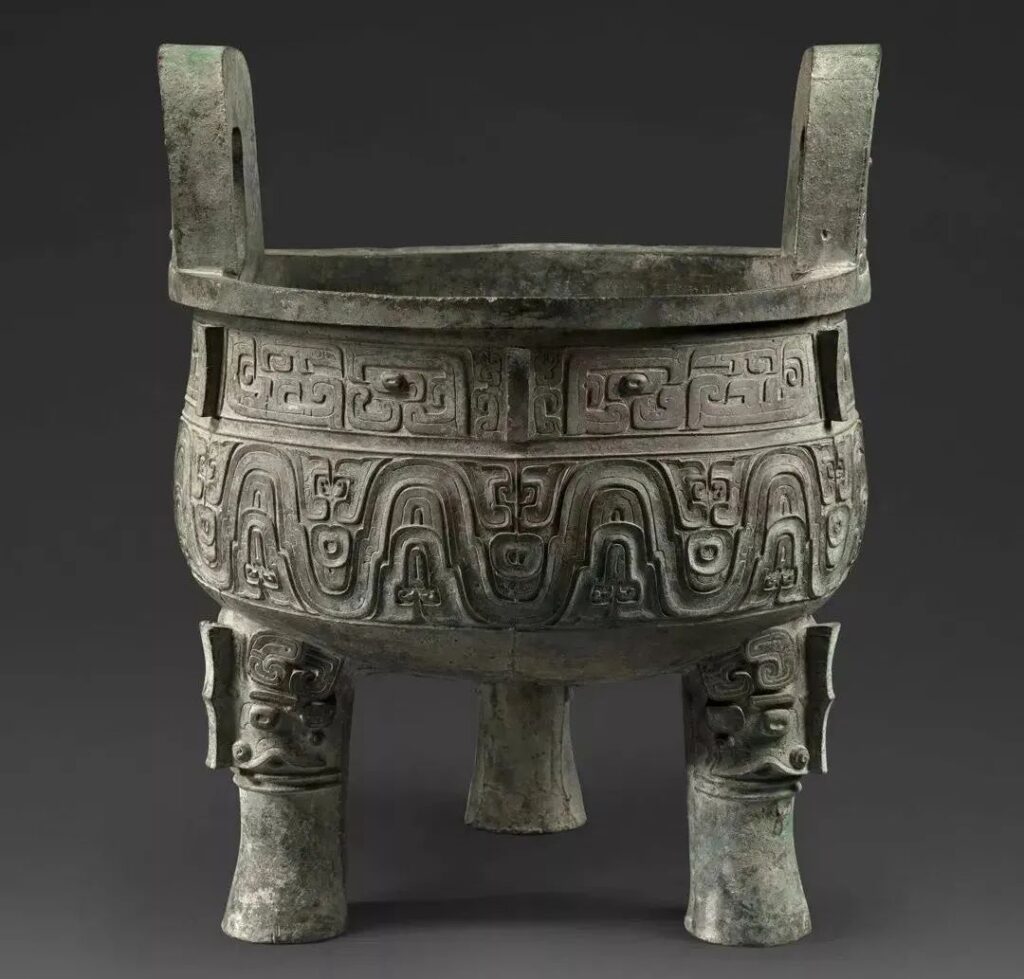
After its discovery in 1890, the Da Ke Ding was first purchased by Ke Shaotai from Tianjin. Pan Zuyin later acquired it from Ke for a substantial sum. After Pan’s death, his brother moved the ding to their ancestral home in Suzhou.
In the early Republic era, an American offered a large sum for the ding, but the Pan family refused, considering it a family heirloom. In the mid-1930s, when the Kuomintang built a new building in Suzhou, officials attempted to acquire the ding through a commemorative exhibition, but the Pan family saw through this ploy and declined to participate.
When Suzhou fell in 1937, Pan Dayu, the daughter-in-law managing family affairs, secretly buried the ding with family members. Japanese forces repeatedly searched for it, sometimes up to seven times a day, but never found it. After the war, Pan Dayu hid the ding in a room covered with old furniture and debris, then sealed off the entire room.
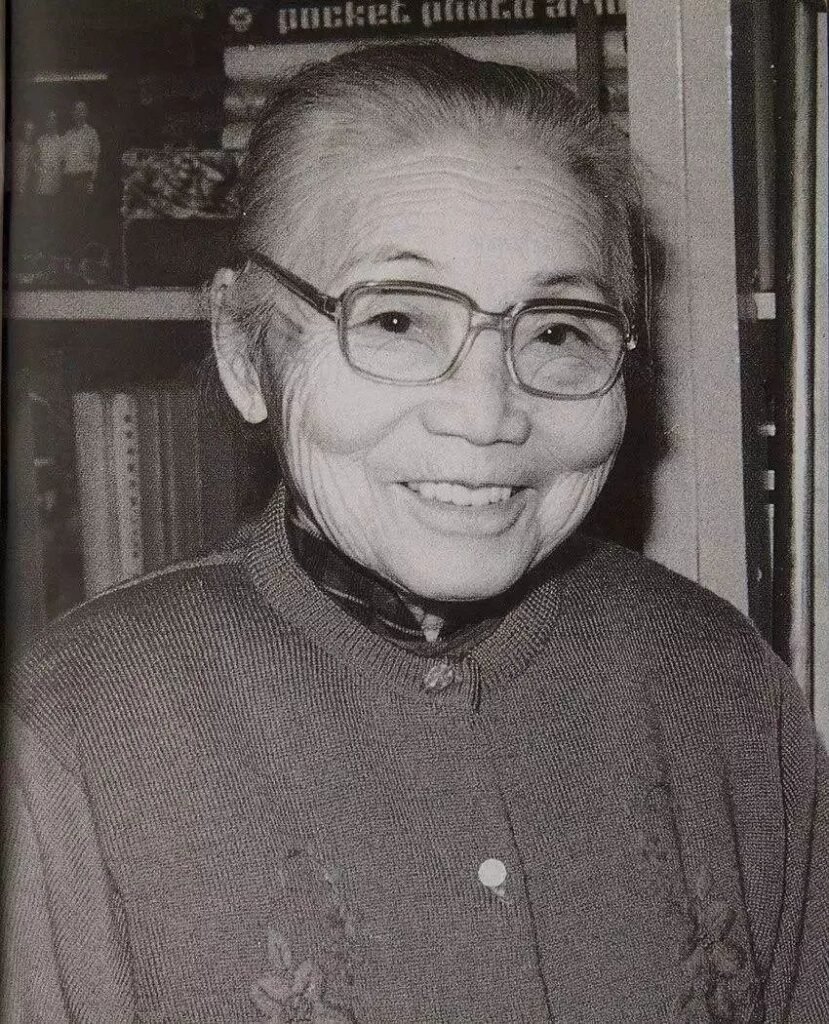
In 1951, Pan Dayu donated the Da Ke Ding, the Da Yu Ding, and over 200 other precious artifacts to the Shanghai Cultural Relics Management Committee, earning commendation from the Ministry of Culture.
Since 1952, the Da Ke Ding has been housed in the Shanghai Museum. On January 18, 2002, it was included in the “First Batch of Cultural Relics Prohibited from Leaving the Country for Exhibition” list.
The Da Ke Ding and Da Yu Ding (now in the National Museum of China) were originally part of the “Pangu Tower” collection, displayed in the Pan family hall. Along with the Mao Gong Ding in the National Palace Museum in Taipei, they are known as the “Three Treasures of Chinese Bronze Ware.”
The Shanghai Museum’s logo design was inspired by the Western Zhou Da Ke Ding.

Western Zhou Jin Hou Su Bells
The Jin Hou Su Bells are important musical instruments from the Western Zhou period, excavated from the tomb of Jin Hou Su, the seventh-generation marquis of Jin, at the Jin marquis cemetery in Beizhao Village, Quwo County, Shanxi Province. They are classified as cultural relics prohibited from leaving China. The inscriptions on the bells were carved using sharp tools, leaving visible marks, making them unique artifacts with no known ancient carving method. The text, spanning 16 bells, contains 355 characters that can be read continuously. It records events from the 33rd year of King Li of Zhou, when Jin Hou Su led troops to accompany the Zhou king on an eastern tour, suppressed rebellious tribes, and was rewarded for his achievements, filling gaps in historical records. Fourteen of the Jin Hou Su Bells are housed in the Shanghai Museum, while two are in the Shanxi Museum.
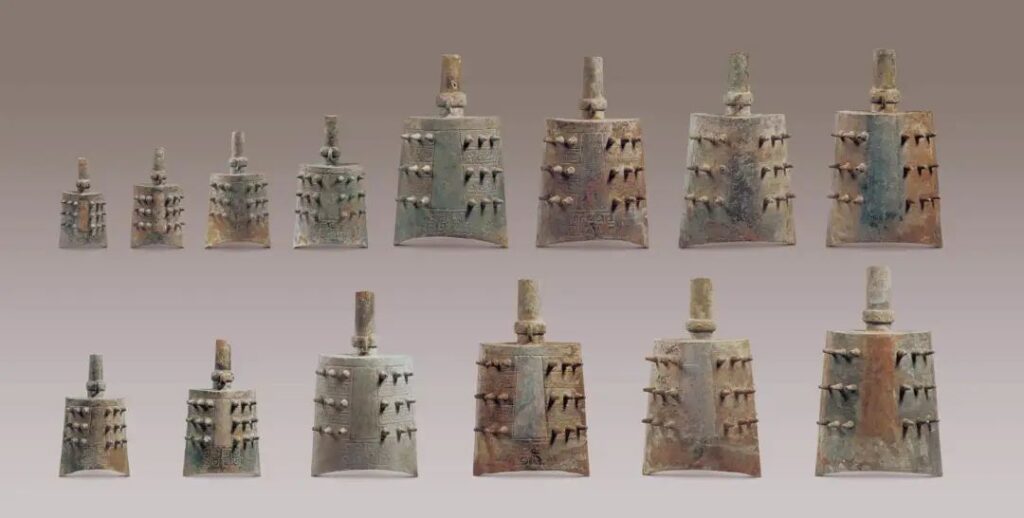
Gao Yi Tu (Portrait of Eminent Men)
This is the only surviving authentic work by Sun Wei, a famous painter of the Tang Dynasty, and is considered the top masterpiece among the paintings and calligraphy in the Shanghai Museum’s collection. The title “Gao Yi Tu” was given by Emperor Huizong of the Song Dynasty. The painting depicts four of the Seven Sages of the Bamboo Grove: Shan Tao, Wang Rong, Liu Ling, and Ruan Ji. Through his sophisticated and superb technique, the artist excellently portrayed the spiritual qualities of these Wei and Jin Dynasty scholars.

Chunhua Ge Tie (Chunhua Pavilion Model Calligraphy)
The full name is “Chunhua Mige Fatie,” and it is considered the ancestor of Chinese calligraphy model books. Model books are compilations of ancient master calligraphers’ works that have been traced, carved onto stone or wood, and then printed and bound. In 992 CE, Emperor Taizong of the Song Dynasty ordered Wang Zhu of the Hanlin Academy to compile calligraphy works from the Jin to Tang Dynasties stored in the imperial collection. The Shanghai Museum’s copy was purchased from American collector John M. Crawford Jr. for $4.5 million, a relatively low price. Volumes 4, 7, and 8 are said to be original Northern Song carvings and are considered top-tier treasures among Chinese calligraphy model books.
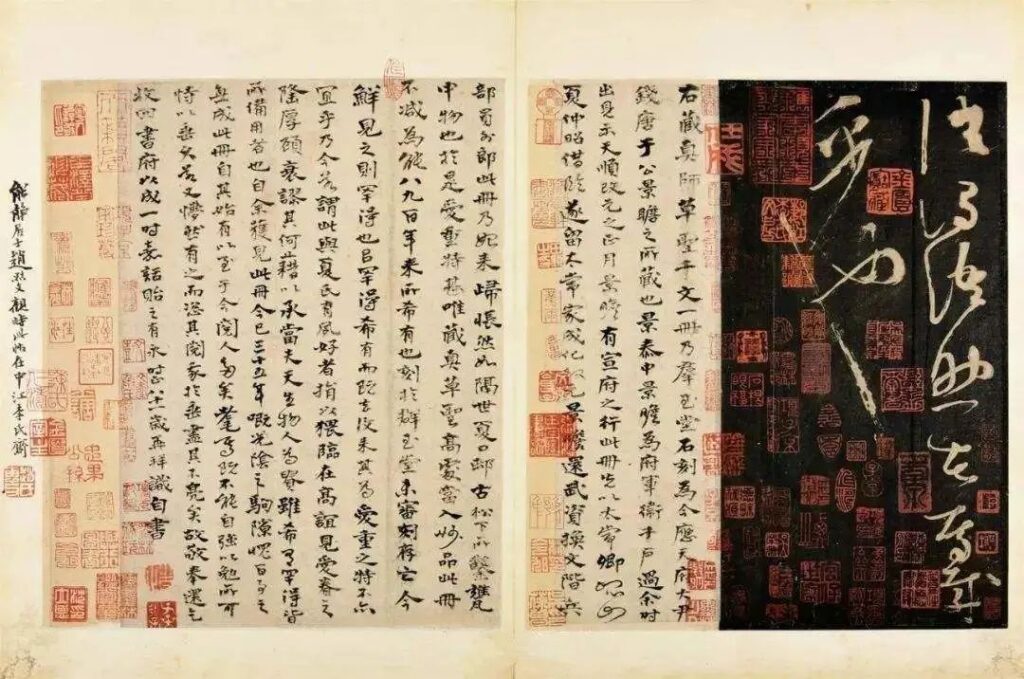
Ku Sun Tie (Bitter Bamboo Shoots Note)
This is an authentic work and representative piece by Huaisu, a famous cursive script calligrapher of the Tang Dynasty. It reads, “Bitter bamboo shoots and tea are exceptionally fine, so you may come directly. By Huaisu.” The calligraphy is vigorous, and the ink appears fresh. Wu Qizhen’s “Records of Calligraphy and Painting” from the Qing Dynasty praised it: “The calligraphy is elegant and vigorous, the structure is relaxed and smooth, it is a transcendent and inspired work by Master Su.”
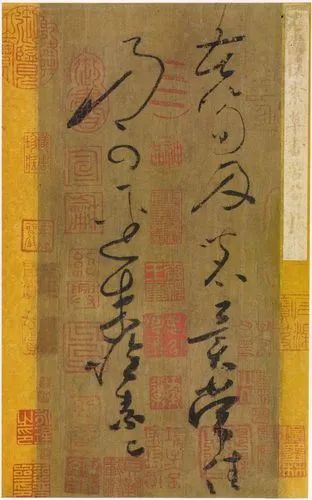
Ya Tou Wan Tie (Duck Head Pill Note)
This is a representative work of running script by Wang Xizhi, the great calligrapher of the Eastern Jin Dynasty. It is a good copy from the Tang Dynasty, containing 15 characters. It’s a note Wang wrote to a friend: “The duck head pills are not good. We shall certainly meet tomorrow, and I will see you then.” The entire piece uses ink with varying degrees of dryness and moisture, applied in two dips – one for each sentence. The ink color changes from moist to dry, from dark to light, with clear distinctions. Wu Qizhen, a late Ming to early Qing Dynasty connoisseur, praised this piece as “elegant and correct in calligraphy, impressively vigorous and refined, possessing a natural charm, it is an unparalleled masterpiece.”
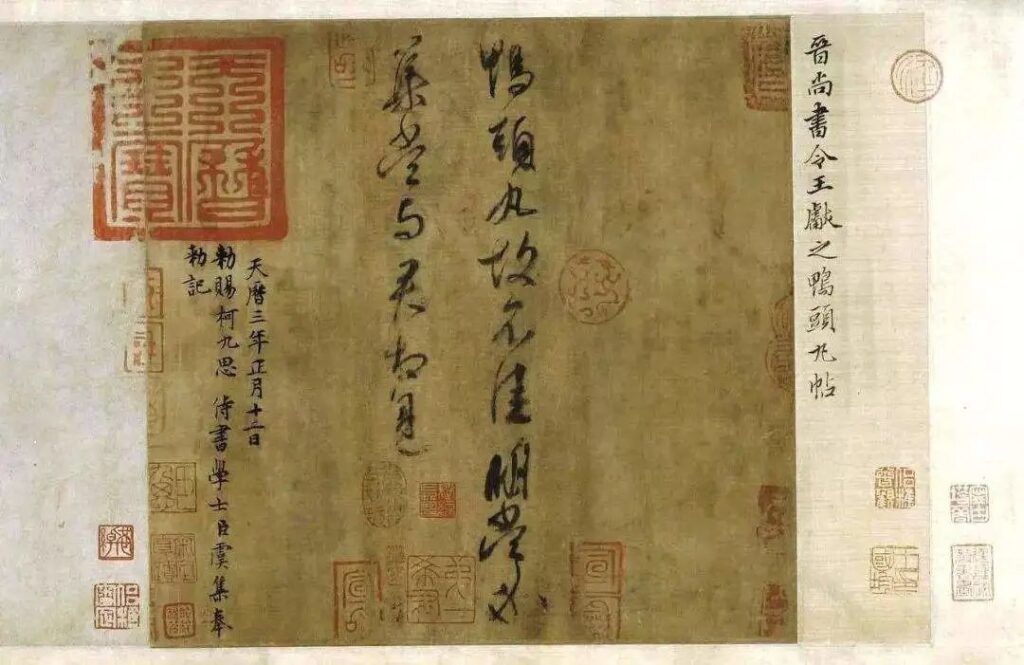
Zi Zhong Jiang Pan (Zi Zhong Jiang Basin)
This bronze basin was donated by Albert Yeung, Chairman of Emperor Group in Hong Kong. It’s an early Spring and Autumn period bronze vessel used for washing. The basin is relatively large with a simple and heavy style. The inner bottom is cast with relief sculptures of aquatic animals like fish, turtles, and frogs, characteristic of the early Spring and Autumn period. At the center is a male bird with a crest, surrounded by four fish, and on the outer ring are four female birds without crests, all vividly depicted. According to its inscription, this basin was made by an official during the Spring and Autumn period as a token of love for his wife “Zi Zhong Jiang.” All the animals can rotate 360 degrees on the spot, making it a unique piece among Shang and Zhou Dynasty bronzes.
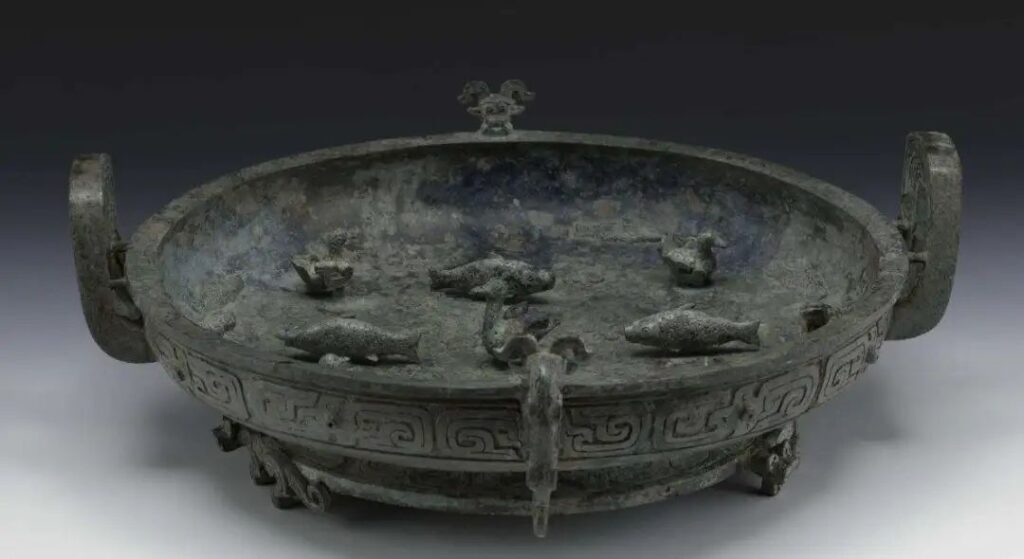
Yue Kiln Celadon Bowl in Begonia Shape
This Tang Dynasty Yue kiln celadon bowl in begonia shape is a representative piece among the ceramics in the Shanghai Museum’s collection. The bowl is oval-shaped with four indentations on the rim, resembling a begonia flower. It appears to be an imitation of Persian gold and silver ware and is a unique piece. Both the interior and the foot ring show traces of clay supports used during firing, indicating it was fired using the nesting method where larger pieces encase smaller ones. The bowl is entirely covered in celadon glaze of a pure color, representing the pinnacle of Tang Dynasty Yue kiln celadon ware.
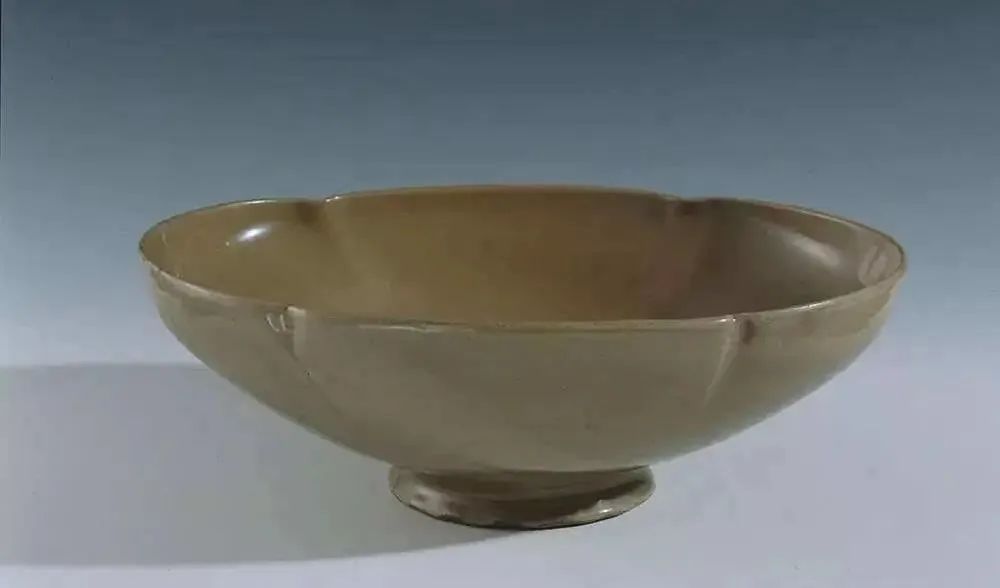
Shangyu Tie
The “Shangyu Tie” is a piece of running script calligraphy by Wang Xizhi, the “Sage of Calligraphy.” It is a Tang Dynasty copy, named after the phrase “now in Shangyu” within the text. It is one of Wang Xizhi’s important works from his later years. This piece has been passed down in order since the Five Dynasties period. It was nearly destroyed during the Cultural Revolution but was rescued from the trash in 1972 and added to the Shanghai Museum’s collection.

Yongzheng Famille-Rose Olive-Shaped Vase with Longevity Motifs
Famille-rose is an overglaze enamel technique that appeared during the Kangxi period of the Qing Dynasty and reached its peak during the Yongzheng era. Among surviving Yongzheng imperial famille-rose porcelains, vase forms are relatively rare. The bat and peach motifs on the body symbolize “longevity” and “blessing.” This olive-shaped vase is the only known example with such decorations, making it a unique piece. In 2004, Ms. Zhang Yongzhen purchased it for 41.5 million Hong Kong dollars and donated it to the Shanghai Museum, setting a record for the highest auction price for Qing Dynasty porcelain at the time.
